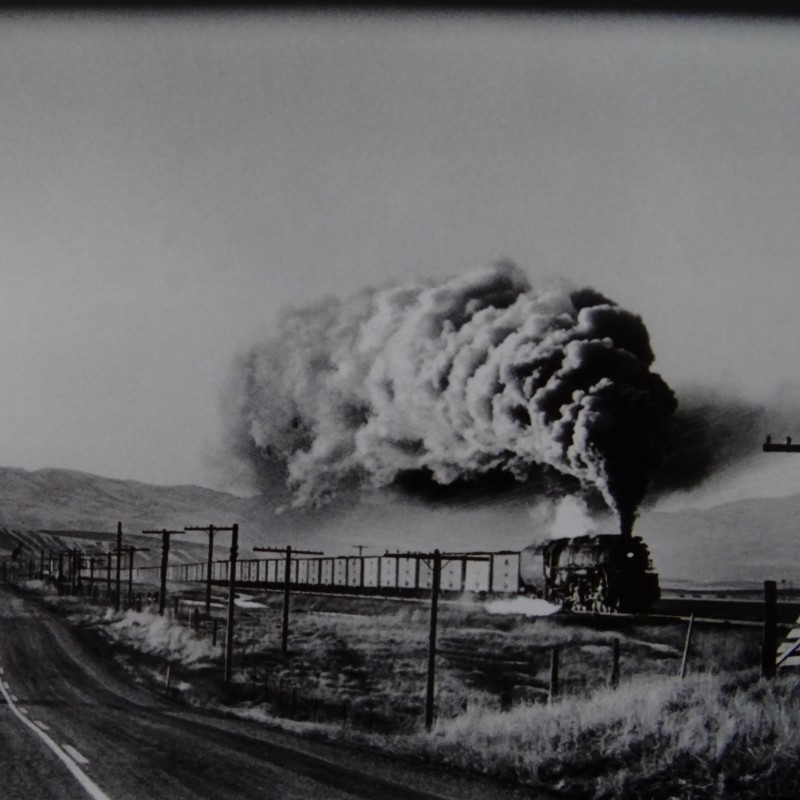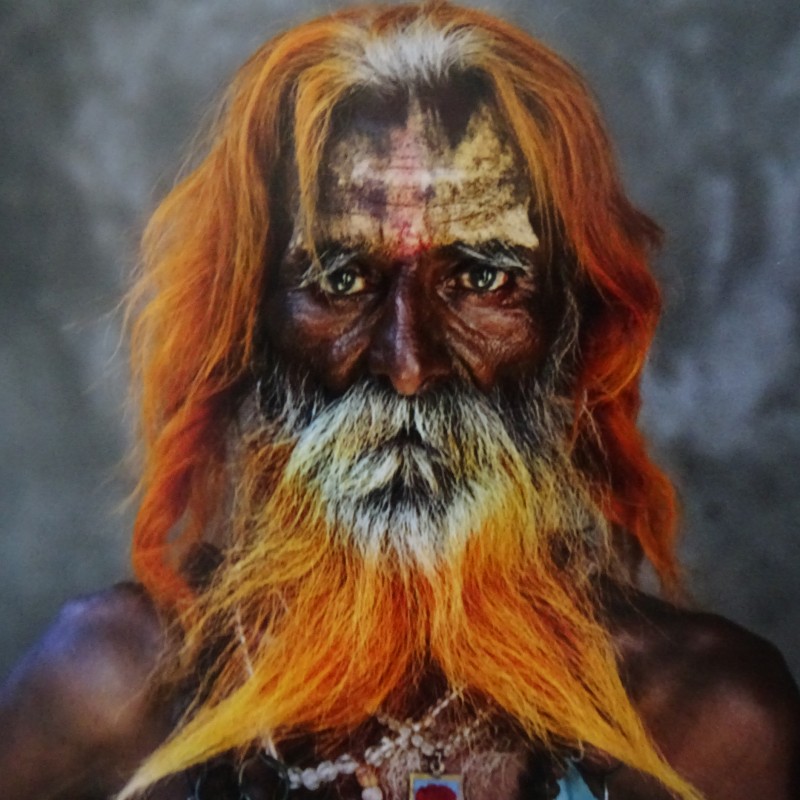Magnum Photos: The Photographic Agency Born from a Revolutionary Idea
Magnum Photos is a highly esteemed photographic agency that has united some of the best photographers from around the world. Established to protect the copyright and autonomy of photographers, it has revolutionised the world of photojournalism. Without this project, modern photojournalism, in fact, would not exist and many pieces of our history would have been lost forever.
If you are a photography enthusiast and are fascinated by the importance of photojournalism as a testimony to history, make your bid to win the works of some of the photographers of Magnum Photos, including Steve McCurry, one of the most iconic characters in contemporary photography; Elliott Erwitt, known for the delicate irony of his gaze and specialised in advertising and documentary photography; Cornell Capa, a photojournalist who has dedicated his life to enhancing the eighth art; and Thomas Hoepker, known for the elegant style of his colour photos.
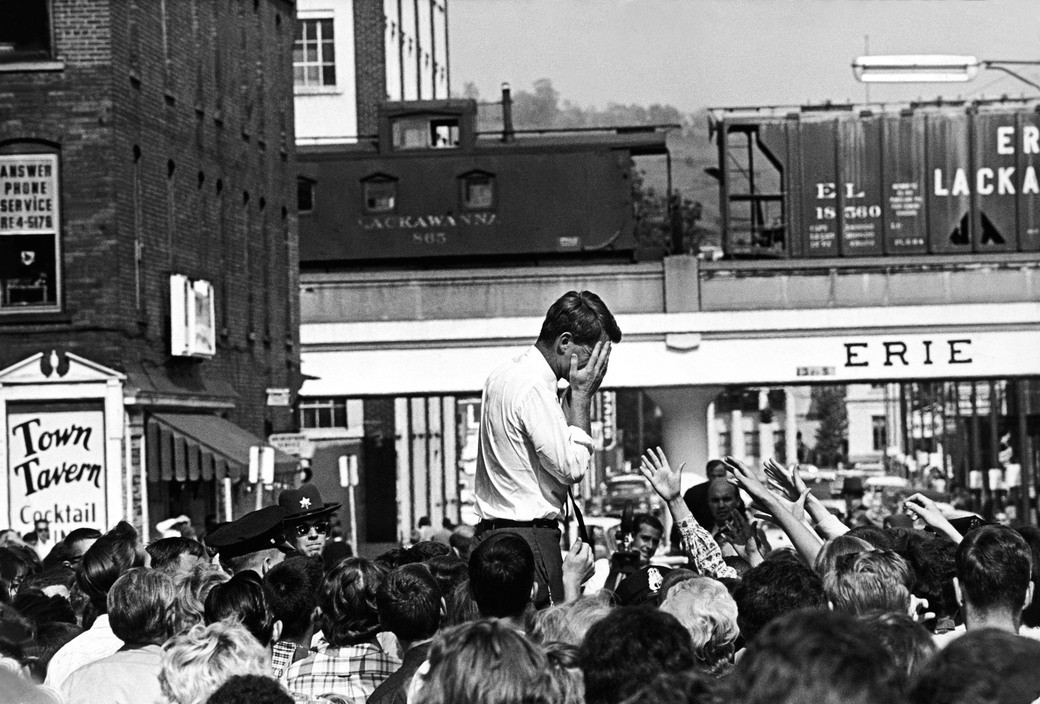
An ambition that flies from the MoMA in New York to Paris... passing through London and Tokyo
The Magnum Photos agency was born from an idea of Robert Capa. In 1947, this naturalised American, Hungarian-born photographer sat at the restaurant table of the MoMA in New York, and told his colleagues about the ambitious project that had kept him up all night. His aim was to establish a photographic agency that would bring together under his tutelage all the best photographers of the time, with the aim of revolutioniisng the world of photojournalism.
To fully understand the scope of the initiative, we need to look back at the reality of those years. In 1947, nearly all photographers worked for major magazines and were treated not as artists, but as mere employees. They received the reportages to be developed in commission, but they did not have any freedom of choice about the topics to be addressed and, of course, they did not own the copyright on their shots. In other words, the photographs became the property of newspapers. Magnum Photos was established from the very desire to change this situation and guarantee autonomy to the best photographers of the time: the first offices opened in New York and Paris, and were quickly joined by London and Tokyo.
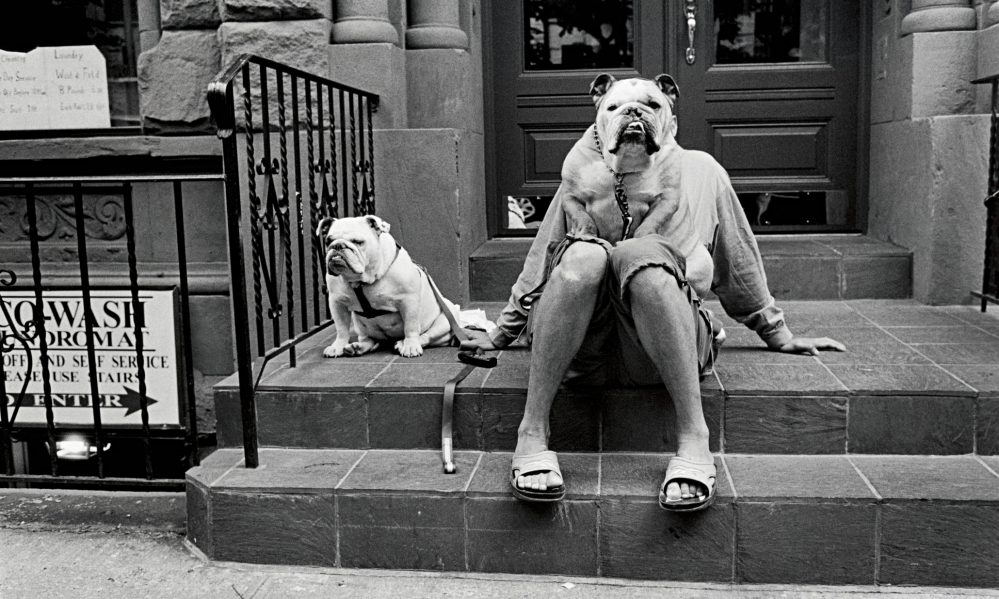
The mission of the project
In the first years of activity, Magnum Photos undertook to ensure that newspaper editors allowed photographers to control the localisation of their images and verification of the captions. In addition, the agency began to stop giving the rights of the shots to magazines, in order to allow photographers to regain possession of their voice and tell the reality through their gaze.
These principles allowed artists at Magnum Photos to choose who to work with and own the production. In the years to come, the agency expanded more and more and many photographers from all over the world chose to become part of it to protect their art and express themselves freely, without constraints.
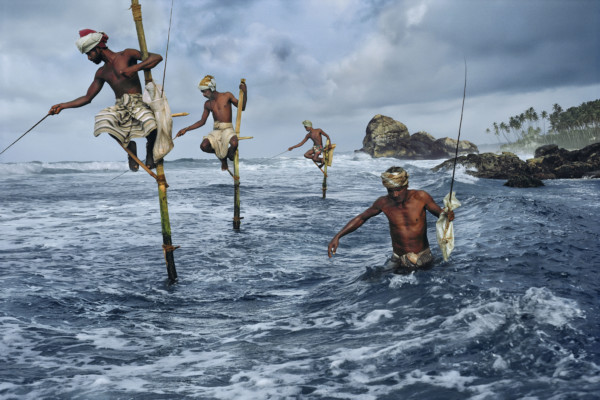
The photographers of the agency and the topics most dealt with
Magnum Photos have always dealt with the most disparate topics, and still do today: politics, news events, natural disasters, wars. There are also many references to societies and the objective interpretation of reality: family life, drugs, religion, crime, poverty, everyday life in the working class.
Over the years, many photographers from the agency have undertaken to give a voice to those who never had the chance, documenting events and personalities that journalism has often left on the side-lines: Philip Jones Griffiths used his photographs to recount Vietnam, Werner Bischof focused his production on the catastrophes that have upset ethnic societies, Martine Franck talked about the daily life of the elderly, Josef Koudelka that of the gypsies.
How can we forget the curious, amusing canine portraits by Elliott Erwitt where people act as the background for dogs that do not pose artificially in front of the camera, but jump, growl and bark. Some of Magnum Photos’ great photographers also include Steve McCurry, who ranges from street photography to war photography and from urban photography to portraiture; Thomas Hoepker, a multifaceted photographer who documented the attack on the Twin Towers on 11 September 2001 and who loves to narrate human conditions, and Cornell Capa, brother of the agency's founder, who had a great career as a photojournalist.
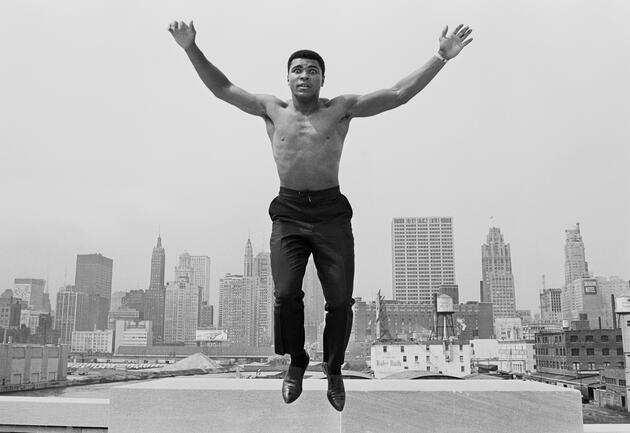
Magnum Photos, Today
Today, Magnum Photos unites 100 of the best photographers from around the world. It is a cooperative managed directly by the members, who have to go through a long and rigorous selection process to become a part of the full-fledged agency. All members meet once a year (usually on the last weekend of June) in New York, Paris or London to discuss the Magnum project and business.
No photographer member of the agency is the same as the other and the prestige of Magnum Photos arises precisely from the creativity of each one and from their individual productions. Many authors today prefer the autonomous dimension of the book or the freer one of the exhibition. The post-war experiments born from Robert Capa’s ambitious idea have revolutionised the world of photography and the tendency to communicate and experience this art without limits and borders is a reality that, today, we all have the opportunity to experience.

 Art
Art Collectibles
Collectibles Experiences
Experiences Football
Football Match Worn
Match Worn Music
Music Sports
Sports